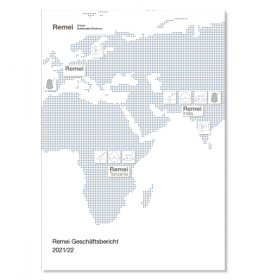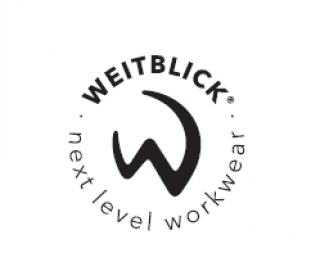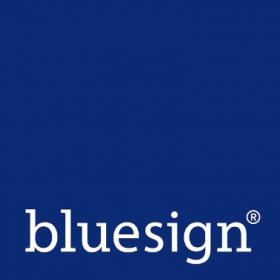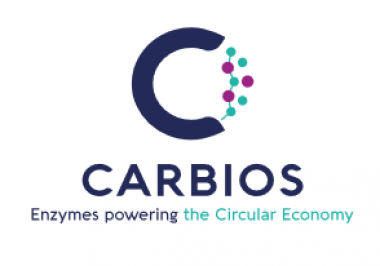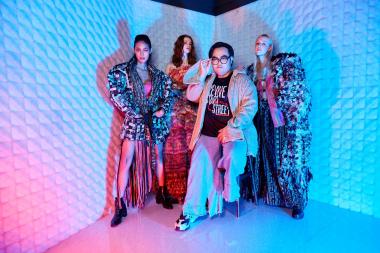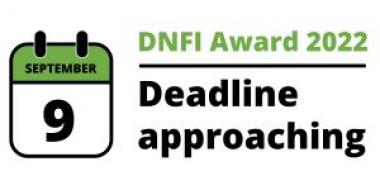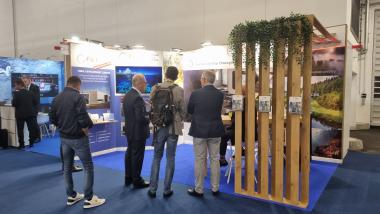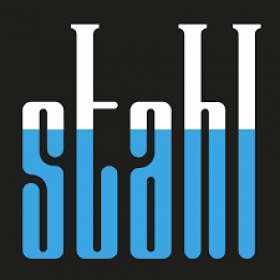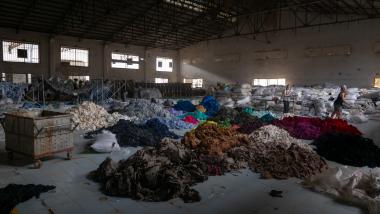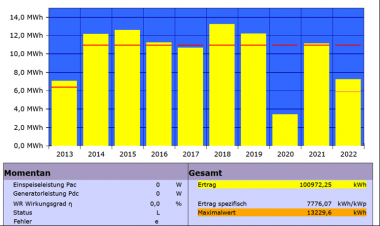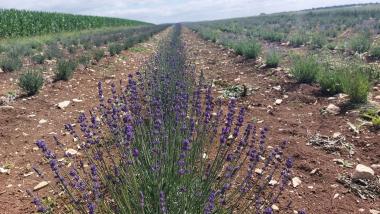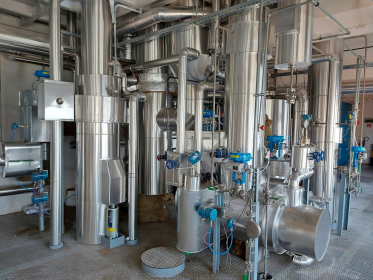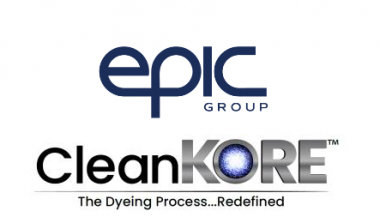Remei AG: Umsatzsteigerung mit Rohstoff und Garn
- Geschäftsbericht 2021/22 vorgelegt
Remei hat im Geschäftsjahr 2021/22 einen Jahresgewinn von 462'721 CHF erzielt und bestätigt somit die positive Entwicklung der letzten beiden Jahre. Die solide finanzielle Struktur unseres Unternehmens wurde weiter gestärkt und bietet eine sehr gute Basis für die kommenden Jahre.
Eine Prämienzahlung von CHF 418'820 von der Remei an die Bio-Baumwoll-Kleinbauern wurde im Geschäftsjahr 2021/22 abermals verlässlich geleistet. Trotz der weiterhin schwierigen Situationen im Handel im zweiten Jahr der Pandemie haben wir unsere Fertigartikelumsätze stabilisieren können. Das Novum in der Höhe der globalen Baumwollpreise hat zu einer Umsatzsteigerung im Bereich Bio-Baumwollfasern und -garne beigetragen. Um der steigenden Nachfrage nach Bio-Baumwolle gerecht zu werden, konnte die Zusammenarbeit mit den tansanischen Bauern auf drei weitere Dörfer ausgeweitet werden, die in die In-Conversion-Produktion eingestiegen sind und von Remei bereits in der dreijährigen Umstellungsphase zum biologischen Anbau mit Know-how sowie mit Abnahmegarantie und Prämie unterstützt werden.
Die globale Verknappung von Bio-Baumwolle bleibt aktuell bestehen, die stark steigenden Rohstoffpreise begleiten uns auch im neuen Geschäftsjahr insbesondere im Aufkauf der Bio-Baumwolle und werden die Entwicklungen der Umsätze in den Bereichen Bio-Baumwolle, Garn und Fertigartikel weiter beeinflussen
Remei AG


